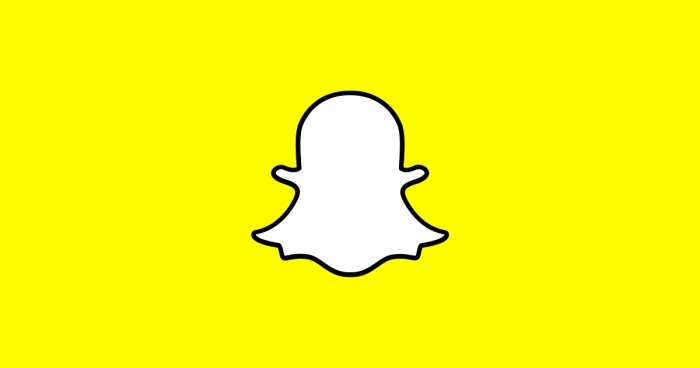With the recent release of Instagram Stories, a video-based feature of the popular image sharing application Instagram, much discussion has flared up regarding its relationship with Snapchat Stories. At first glance, these two video app features seem remarkably similar and it begs the question: How far does the freedom to adopt successful formats extend between tech companies?
Exploring the events that led to this particular convergence between Snapchat and Instagram provides a perspective that seems to hold true for other social media goliaths.
Snapchat enjoys the activity of over 100 million daily users. The multimedia mobile app’s success is due, in part, to the format in which it holds content. Snapchat introduced a great way to present off-the-cuff moments; condensed slideshows of photos and short video clips that disappear after 24 hours.
It is a kind of point-and-shoot way to share content that embraces moments of impromptu humour or beauty. The 1-day shelf life of Snapchat content also helps stave off the embarrassment that can come from posting silly material. For that reason, the nature of Snapchat content is straightforward and temporal.
Snapchat invites users to share an unpolished slice of their lives which is quite removed from the nature of carefully curated photography found on Instagram.
Instagram users are able to choose just the right filter to hide their imperfections. Instagrammers have a chance to line up the proper hashtags. It is a platform that chiefly deals with crafting images. That means there is enough time to pose and retake a photo before posting it online where it will remain until the user chooses otherwise.
The developers behind Instagram saw the appeal of Snapchat and applied the format to their own network. Instagram Stories was created and based, practically verbatim, on Snapchat's model. Instagrammers now have the option to record short clips with a 24-hour lifespan.
It would seem an easy case of plagiarism, but on closer inspection one finds that social media companies have appropriated the successful digital formats of their competitors for years. For some, success depends on the assimilation of foreign formats. The most prevalent social media platforms are those who have responded and adapted quickly to the new inventive features of their competitors.
For example, Twitter brought about the functional hashtag as we know it today. It helps users find tweets that share a common theme or subject, threading them together for easy reference. Instagram adopted this style of categorisation and applied it to their visual content. The hashtag proved equally potent in the organisation of photos. Facebook followed suit.
Should the cross-application of the hashtag be seen as plagiarism? One could argue that Instagram and Facebook merely optimised their platforms for greater ease of use. This way of growth in the tech world is not illegal. Such decisions are always based on feature-popularity and the user base of Instagram could have suffered had their developers decided not to add functional hashtags to Instagram's navigational repertoire.
Speaking to TechCrunch, the CEO of Instagram Kevin Systrom emphasises the culture of appropriation between multimedia platforms.
“Innovation happens in [Silicon] Valley, and people invent formats, and that’s great. And then what you see is those formats proliferate. So @usernames were invented on Twitter. Hashtags were invented on Twitter. Instagram has those. Filtered photos were not invented on Instagram.
And I think what you see is that every company looks around and adopts the best of the best formats or state-of-the-art technology.”
Fortunately, cross-formatting can take place in reciprocity. Just as Twitter originated the hashtag, so Facebook started the information feed. The Feed was adopted by LinkedIn, Instagram and Twitter - all of whom now have improved interfaces because of it. “Trending” topics is another such example, a feature which is found on most literature-based platforms now.
In the world of social media, there are no products that can be recreated. Instead, innovation takes place when developers take an already successful method of presenting content and manage to apply it to their own content machine effectively.
Every social media platform is, after all, in pursuit of the widest user base as possible. It is inevitable that these applications will start to resemble one another as they hone in on shared goals.







